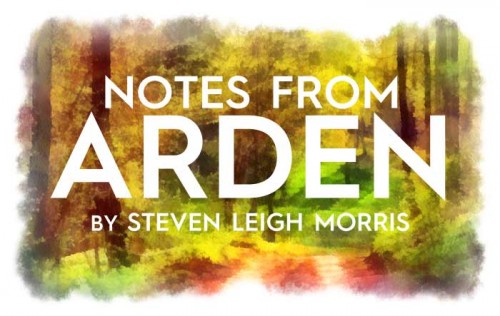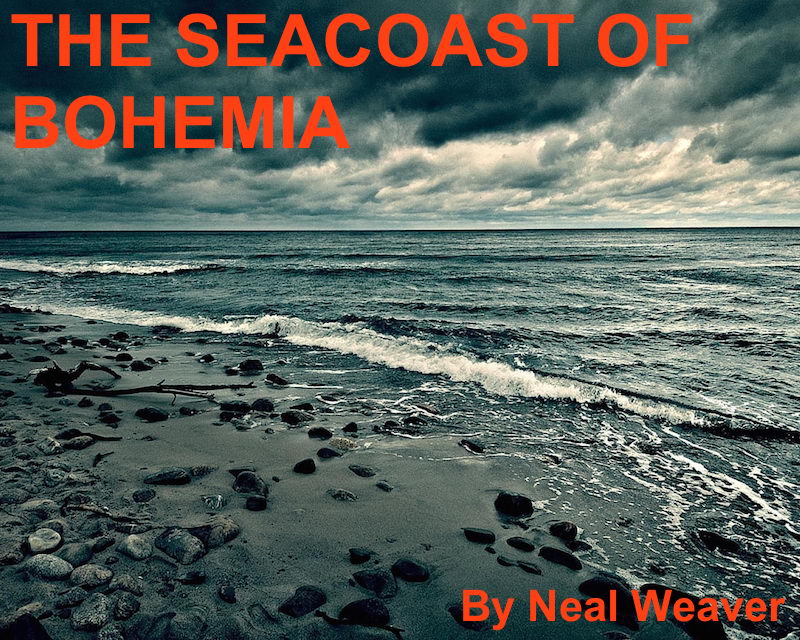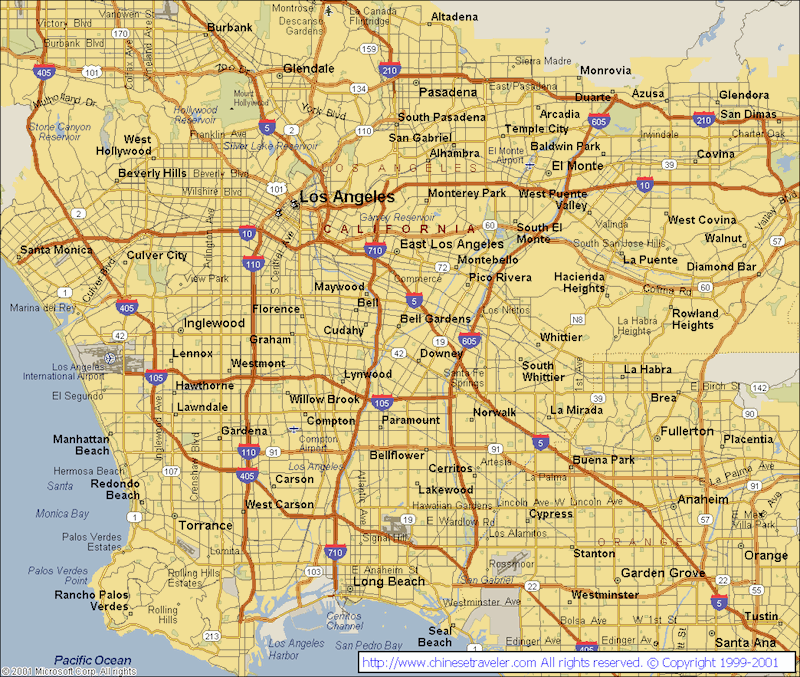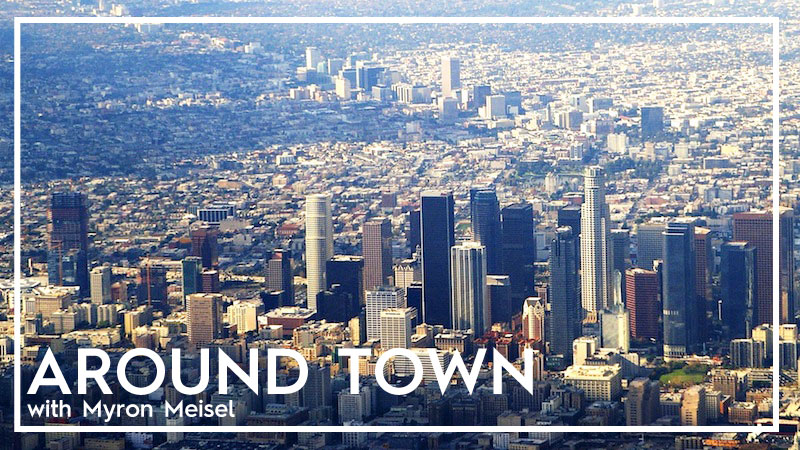[adrotate group=”2″]

Notes from Arden

Remembering Robert (Buddy) Stoccardo
Stoccardo is among an elite pantheon of Los Angeles actors, living and dead, whose every moment on the stage appears sculpted from some combination of craft and charisma. These would include the late Chris Pennock, a maven of The Actors’ Studio, and Pamela Gordon, who showed up on the Theatre of NOTE Stage, as well on stages such as the currently shuttered Evidence Room.
Featured Column

The Mad Russian and the Dane, Part 2: More Rudi
“’Twenty dollars?’ he said, incredulously. It was a good thing we were standing at the time, because at that moment I realized that I was considerably taller than he, and that tiny advantage was enough to get me through the moment. He began to play out a farce version of the events, in which I was cast as the big bad businessman out to fleece the poor, helpless little dancer. He wasn’t really angry, and he was having fun. I think he enjoyed the audacity of my offering twenty dollars to a man who commanded ten thousand or more for a single performance.” — BY NEAL WEAVER
Got It Covered

‘Petrakova’s manifesto undeniably boasts an “artist” sensibility, and steadfastly favors loyalty to a particular theater company over branding oneself as an individual performer. Her other ideas include curtailing the conventional roles of director, producer, and writer, along with transforming the concept of place. “We don’t need traditional theatre space to create theatre, and spend thousands of dollars maintaining one, padding the pockets of greedy landlords. We need space to train, to meet, to work. When the good piece of theatre is born, it will find the place to be shown. I will watch it on the streets, on the roofs, in the abandoned houses, and pay for it.”’ — by PAUL BIRCHALL
Ask Corbett
Ask Corbett a Question!
Have a question about Los Angeles theater and don’t know who to ask? We are now accepting submissions for an upcoming new section aimed to answer you most burning theater-related questions.
Around Town

“Hopscotch”‘s meta-significance may lie in its unabashed embodiment of an anti-operatic happening, shorn of opera’s traditional barriers of social class and pretension (as well as a Happening’s reliance on spontaneity and chance). Yet most of the various innovations can be viewed as effectively a brazen checklist of grant-magnet attributes: prolix profundities, expanding audience appeal to younger demographics, technologically savvy, community-based, environmentally grounded, academically au courant theoretical underpinnings. — BY MYRON MEISEL




